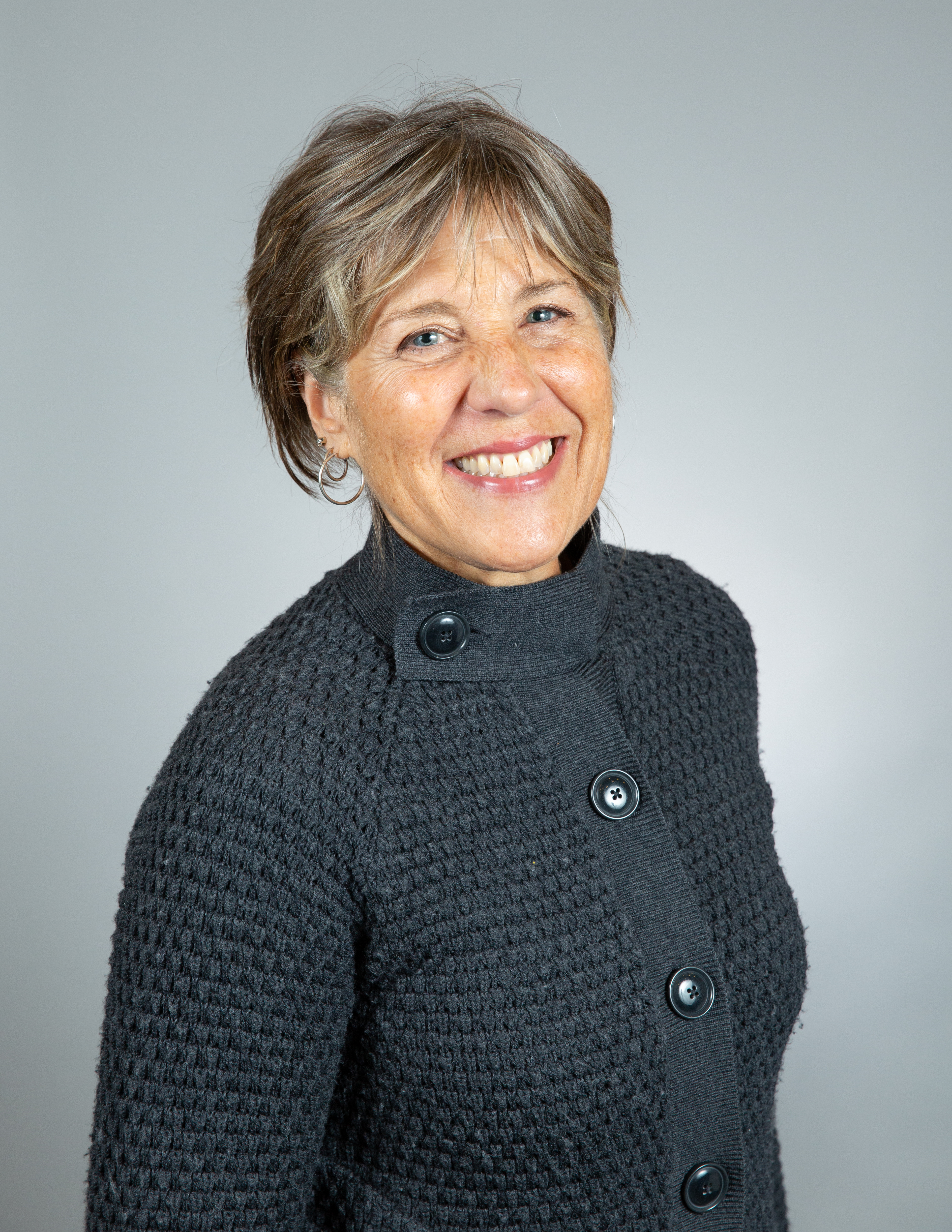Morgan Hill Unified School District, Trustee Area 6

Mary Patterson
https://votemarypatterson.com/
Kids need trusted adults, safe spaces, accessible healthcare and high quality education and enrichment opportunities. We know how to provide these things and most children in our county have them. Most, but not all. Public schools are the perfect place to help ensure that every child has what it takes to succeed.
-
Over 80% of voters polled say they want elected officials to prioritize children and families. What are the top three issues affecting our children and families and how will you make our region a place where all families can thrive?
The top 3 issues are 1) wages sufficient to support a family in Silicon Valley, 2) affordable and safe housing, and 3) schools that fuel the minds and hearts of young people. As a school board member, I can promote school-linked services that help families find income supplements like low-cost food and child care, and housing. I can also have a direct impact on schools that truly engage children and youth through strong recruitment and retention of high-quality employees, engaging curriculum, and a rich and diverse offering of extracurricular opportunities.
-
High quality childcare improves school readiness and parents' workforce participation. What will you do to improve access to high quality childcare and preschool programs in our diverse communities?
Many of our community leaders are offering incentives and promotions to entice early childhood educators (ECE) to be trained and start a business. These enticements are offered throughout the county, in multiple and diverse neighborhoods and in multiple languages, through our community colleges and other partners. In my local high school, we offer a college-level ECE class and college credit to our students to entice them to enter the field. I have supported and will continue to support those efforts. California’s guarantee of transitional kindergarten for 4 year olds through the public schools is another step in the right direction.
-
Much of the student achievement gap has been linked to the opportunity gap that children in low-income families and children of color confront (e.g., lack of access to healthy food, preschool, tutors, and enrichment activities). If elected, what will you do to increase equity of opportunity?
Equity means that every child receives what they need to develop to their full social and academic potential. Once re-elected I will continue to advocate for a free, tasty and nutritious breakfast and lunch for every child every day. I will continue to search for opportunities to bring music, art, athletics, dance, and play activities to all children. In addition, curriculum needs to have content with relevance to kids, content that reflects their identity, and educators who understand bias and can deliver the curriculum in a way that connects with students and engages them.
-
What steps will you take to improve inclusion and outcomes for children with disabilities and their families in our community?
I will continue to advocate for more federal money to support the promise of the 2004 Individuals with Disabilities Education Improvement Act. This legislation requires better outcomes for kids with disabilities, increases eligibility for services, and protects parents’ rights. We are making strides to deliver on this promise, but the Act is sorely underfunded. As advocacy for increased funding is underway, I continue to promote inclusion and improved outcomes through recruitment and hiring of high-quality teachers and para-educators and their ongoing professional development.
-
If elected, how will you use the resources of your new role to improve children's well-being and access to mental and behavioral health services?
Children cannot learn when their mental wellness is suffering and ignored. As a school board member, I have voted to use federal COVID-19 supplemental funding to hire and install licensed therapists and wellness centers on every K-12 campus. Since funding ended in June, it is time for county behavioral health programs to partner more closely than ever with schools to bolster these school-based services. Offering Medi-Cal funding to schools to support these services is a good first step. I believe access to mental health services should start in the schools and the services should be provided there whenever needed and possible, and I will continue to strive to make that happen.